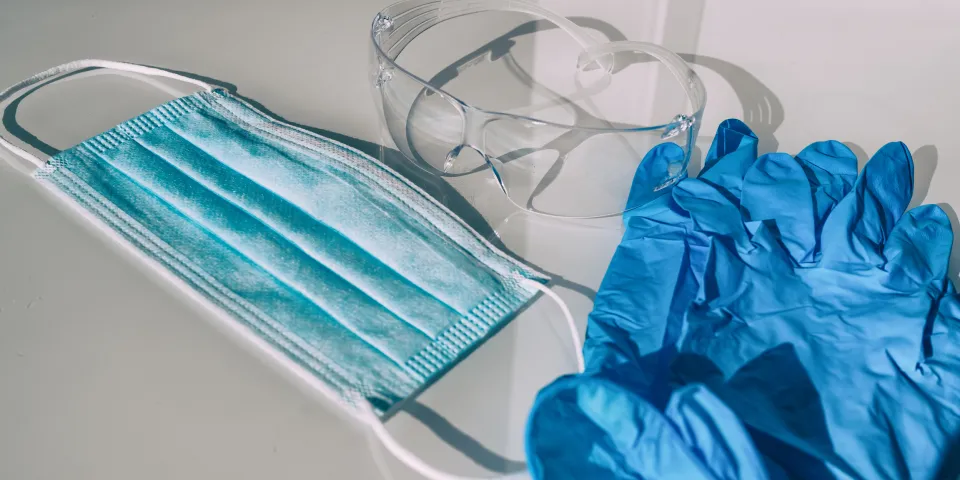Latest 
 Career Development Denise Alexander
Career Development Denise Alexander
Recent Blog Posts


While on the road recently, I sat next to a fellow traveler. Once we got to talking, we realized our shared profession: nursing. I am a relatively new nurse of 14 years and she was a veteran with far more than 13 years of experience.
Though we’re in the same profession our career paths are very different. I work in perinatal nursing, where life begins, and she works as a hospice nurse, where life ends. Regardless of our different specialties, we share a common bond and thought process: once a nurse, always a nurse. We assess, diagnose, plan, implement and evaluate everything. On our shared trip, we laughed about the things we had in common while we swapped stories.
As we approach National Nurses Week, it’s a good time to look at what nursing was, what nursing is, and what nursing will be. According to the American Association of Colleges of Nursing (2016), there are expected to be 1.5 million job openings for nurses in 2025. A contributing factor is the percentage of nurses who are likely to retire.
A recent survey shows that 55 percent of the current nursing workforce is 50 years of age or older (AACN, 2016). This means that many of these nurses will retire in the next 10 to 15 years. For National Nurses Week, let’s take the time to remember this segment of the nursing workforce that will soon retire and say “thank you.”
Many nurses approaching retirement started as “diploma nurses.” The diploma schools were tough. Students lived in school-provided housing and had a strict curfew. Clinical hours took place around the clock and could range from 7 a.m. to 3 p.m., 3 to 11 p.m. or 11 p.m. to 7 a.m. Students were not granted the privilege of selecting their hours, and many were used to help staff hospital wards. They could be expected to work anytime.
These diploma nurses also received very little orientation after graduating. A new nurse on a perinatal unit would get three days of orientation. After the orientation period, the nurse was put in the labor room by his or herself and expected to take care of everything. This meant multiple deliveries, outpatients, and anything else that happened to come through the doors.
Today, new staff nurses receive at least eight weeks of orientation, if not more. After this orientation, the new nurse will be paired with a more seasoned nurse.
Another difference between then and now is charting. Back then, all charting was done on paper. A nurse did an assessment or implemented an intervention, or performed an evaluation of an intervention and wrote a progress or nurse’s note. Today, the majority of charting is done via computer. The chart, and even the medication record, is on the computer.
For those that started with only paper, changing to this new way of charting was disconcerting. For some, it was not worth the effort and they retired. For others, they figured it out with the younger staff and remained working.
On the flip side, the younger staff have a hard time completing a nurse’s note that is not computerized. The handwritten nurse’s note is a lost art! Yet computerized charting is here to stay, and the handwritten nurse’s note is slowly being retired.
These changes, big and small, help make nursing an exciting field to train for and be in. Who knows what challenges nurses will face in the future? Yet given the passion I see in both new nurses and nursing students, I have no doubt they will rise to the occasion and be very successful.
During this Nurses’ Week, we say “thank you” to all nurses, whether you have only days of experience or many years. Thank you to those who are ready to retire after a long career of service. Thank you to those who continue to care for your patients, regardless of specialty. Thank you to those who are newly licensed or training to become nurses.
To all nurses, we appreciate your service.
Interested in learning more about Herzing's nursing programs? Learn more here.
Dr. Christina Silva is nurse and nurse educator who is passionate about preparing the next generation of nurses. She worked as a perinatal staff nurse at Uniontown Hospital, Uniontown, PA 15401, and is a nurse administrator at Herzing University's Akron campus.
BLS pay estimates calculate the median annual wage for various occupations. Per the BLS the median wage for an occupation is: "The wage at which half of the workers in the occupation earned more than that amount, and half earned less. Median wage data are from the BLS Occupational Employment and Wage Statistics survey." Bureau of Labor Statistics (BLS), U.S. Department of Labor, Occupational Outlook Handbook 2024. BLS median wage estimates do not represent entry-level wages and/or salaries. Multiple factors, including prior experience, age, geographic market in which you want to work, and degree level and field, will affect career outcomes, including starting salary and earnings as an experienced employee. Herzing neither represents that its graduates will earn the median salaries calculated by BLS for a particular job nor guarantees that graduation from its program will result in a job, promotion, particular wage or salary, or other career growth.
Get the latest news you need to know, from study hacks to interview tips to career advancement. Have it delivered right to your inbox biweekly.